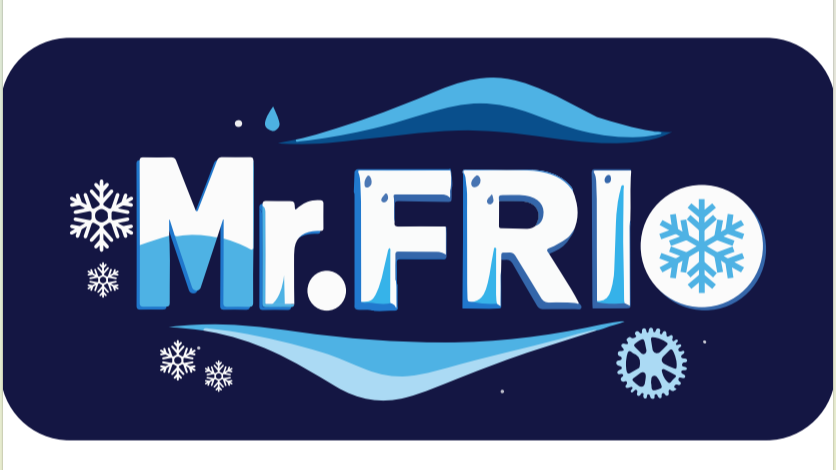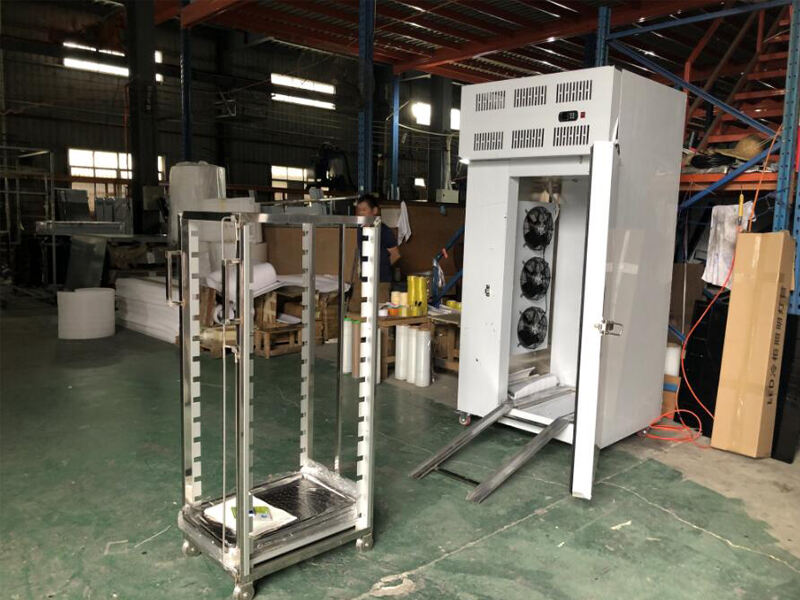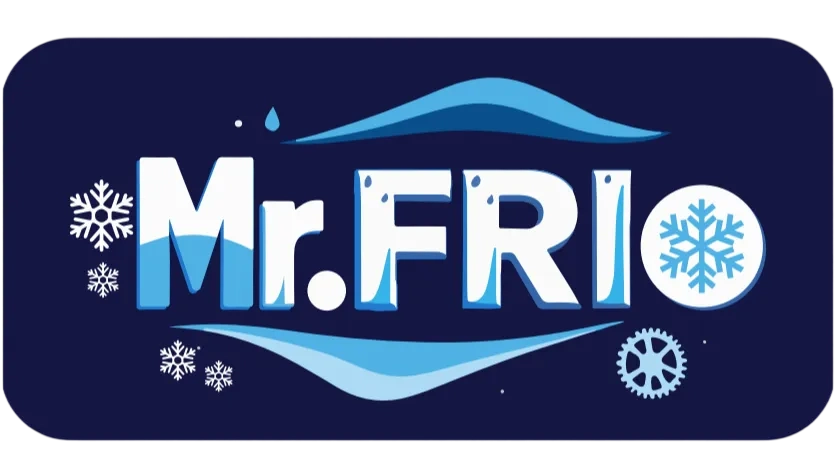Applications in Catering, Restaurants, and Meal Prep Facilities
Blast chillers benefit diverse foodservice operations:
- Catering companies: Safely cool large batches for off-site events
- Restaurants: Prep meals during off-peak hours to reduce rush-hour bottlenecks
- Meal prep facilities: Extend shelf life of ready-to-eat meals by up to 5 days
These systems help kitchens reduce waste by an average of 30% while maintaining health code compliance.
Compliance with HACCP, FDA, and Other Food Safety Standards
Blast chillers address HACCP requirements by:
- Providing documented temperature logs
- Ensuring foods reach FDA-mandated safe storage temperatures
- Supporting compliance with the FDA Food Code 2023 (135°F to 38°F within 6 hours)
Properly maintained units also help kitchens meet third-party audit criteria for certifications like ISO 22000.
Matching Blast Chiller Capacity to Your Operational Volume and Workflow
Assessing Daily Food Throughput and Batch Chilling Requirements
Match capacity to your kitchen's output using this guide:
| Kitchen Size | Meals/Day | Capacity Needed |
|---|---|---|
| Small (<200 meals) | 150 | 50–75 lbs |
| Medium (200–600) | 400 | 100–150 lbs |
| Large (>600) | 800+ | 200+ lbs |
Choosing Between Batch and Continuous Chilling Systems
Key differences:
| Feature | Batch Systems | Continuous Systems |
|---|---|---|
| Cost | $4K–$12K | $15K–$30K |
| Throughput | Variable | 300+ lbs/hour |
| Best for | Fluctuating demand | High-volume ops |
Case Study: Optimizing Capacity
A Texas caterer serving 1,200 meals daily:
- Upgraded from 100-lb to 250-lb unit
- Reduced cooling cycles from 6 to 3 daily
- Cut annual food waste from $28K to $19.6K
Evaluating Temperature Control and Cooling Speed for Food Safety
Preventing Bacterial Growth Through Rapid Cooling
Blast chillers:
- Move food through the danger zone 75% faster than standard refrigeration
- Slow microbial growth by 90% when reaching 41°F within 90 minutes
- Meet FDA benchmarks:
- 135°F to 70°F within 2 hours
- To 41°F within 4 subsequent hours
Meeting FDA and HACCP Requirements
| Safety Stage | Temperature | Standard |
|---|---|---|
| Cold Holding | ¯41°F (5°C) | FDA Food Code |
| Hot Holding | ¥135°F (57°C) | HACCP Guidelines |
Preserving Food Quality
Modern units prevent texture damage through:
- Variable-speed compressors
- Even airflow distribution
- Moisture-optimized defrost cycles
Assessing Energy Efficiency and Long-Term Operational Costs
Energy Consumption and Savings
- Blast chillers account for 35% of kitchen refrigeration energy use
- Energy Star models can reduce consumption by 40%
Cost Comparison Over 5 Years
| Cost Factor | Standard Model | High-Efficiency Model |
|---|---|---|
| Initial Cost | $18,000 | $25,000 |
| Annual Energy | $6,200 | $3,700 |
| 5-Year Total | $51,000 | $43,000 |
Durability, Build Quality, and Maintenance
Stainless Steel Construction
- Non-porous and corrosion-resistant
- Complies with NSF/ANSI 4 standards
- Extends lifespan by 50% vs. alternatives
Maintenance Best Practices
| Frequency | Task |
|---|---|
| Daily | Sanitize surfaces, inspect seals |
| Weekly | Clean condenser coils |
| Monthly | Calibrate temperature sensors |
Minimizing Downtime
- Modular designs enable <30 minute repairs
- Robust units reduce annual repair costs by 40%
- Prioritize extended warranties on key components
FAQ Section
What is a blast chiller?
A blast chiller is a specialized refrigeration unit designed to rapidly cool cooked foods to inhibit bacterial growth and preserve food quality.
Why are blast chillers used in commercial kitchens?
Blast chillers help maintain food safety standards, reduce waste, and extend the shelf life of meals. They are used for batch cooling in catering, restaurants, and meal prep facilities.
How do blast chillers comply with food safety standards?
Blast chillers comply with HACCP and FDA standards by maintaining documented temperature logs and ensuring foods reach safe storage temperatures within specified times.
What is the difference between batch and continuous chilling systems?
Batch systems are cost-effective and best for fluctuating demand, while continuous systems are suited for high-volume operations offering higher throughput.
How can blast chillers reduce energy consumption?
Energy Star models of blast chillers can reduce energy consumption by up to 40%, accounting for only 35% of kitchen refrigeration energy use.
Table of Contents
- Applications in Catering, Restaurants, and Meal Prep Facilities
- Compliance with HACCP, FDA, and Other Food Safety Standards
- Evaluating Temperature Control and Cooling Speed for Food Safety
- Preventing Bacterial Growth Through Rapid Cooling
- Meeting FDA and HACCP Requirements
- Preserving Food Quality
- Durability, Build Quality, and Maintenance
- Stainless Steel Construction
- Maintenance Best Practices
- Minimizing Downtime
- FAQ Section


